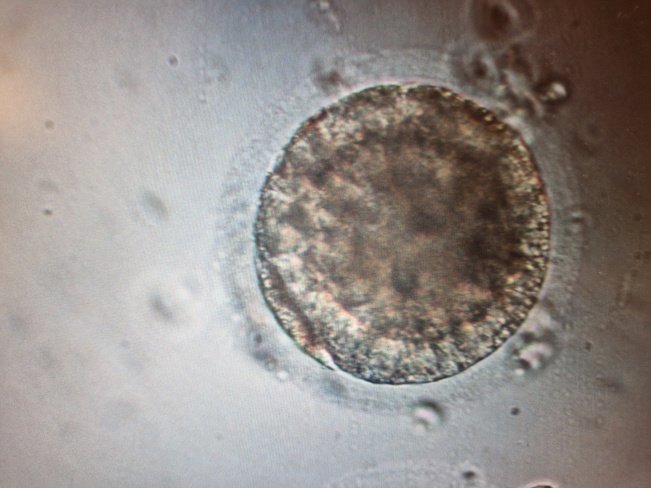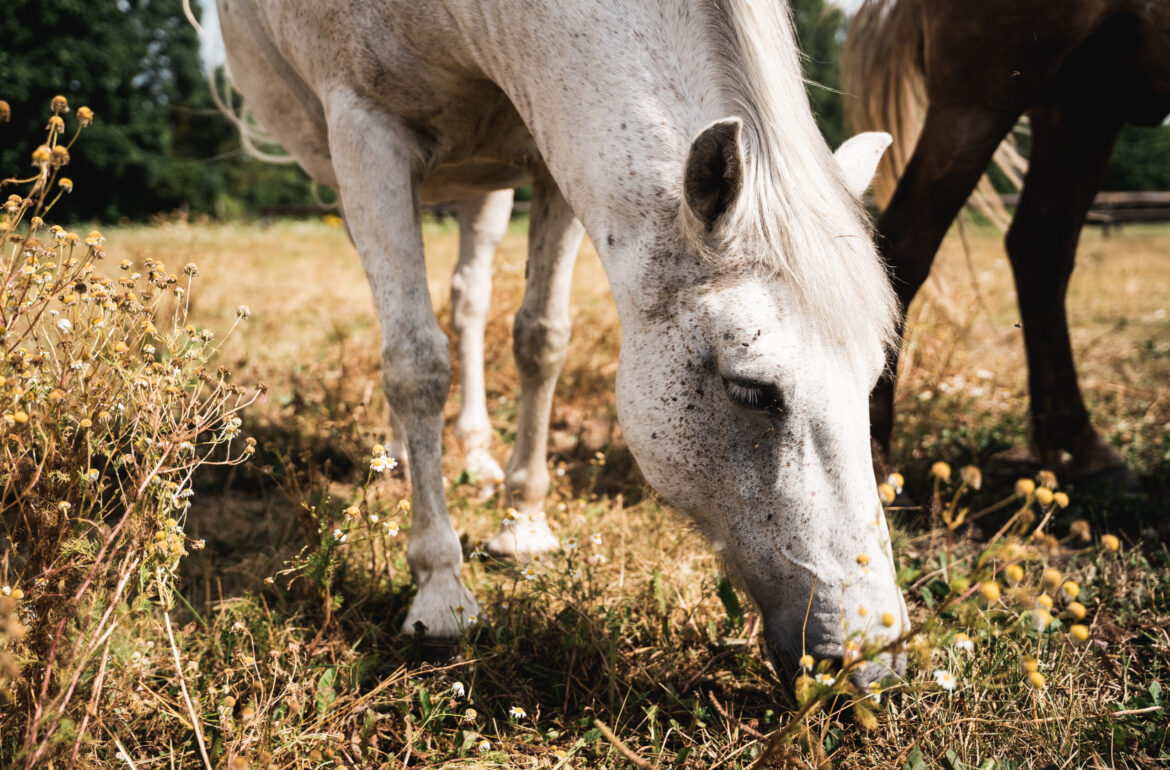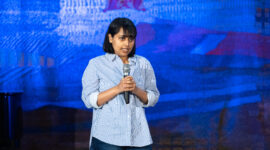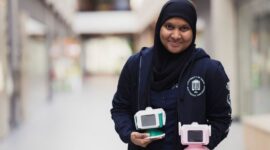Reproductive medicine researchers at the Estonian University of Life Sciences succeeded in horse cloning – they created an embryo. In Europe, only two companies (Avantea and OvoClone) are able to carry out the same procedure, so the achievement of the Estonian University of Life Sciences is very significant.
Elina Tsopp, an embryologist at the Institute of Veterinary Medicine and Animal Sciences at the Estonian University of Life Sciences, said that the first big step was to create a cloned horse embryo. “The next milestone will come in August, when we start to transfer the cloned embryos into recipient mares,” said Tsopp.
The cloning process of the scientists at the Estonian University of Life Sciences differs from previous ones in terms of the somatic cell source, as the cloned embryos were produced using stem cells. “The cloned horse is Luunja Stud OÜ stallion Wodan M, a former show jumper who is now 21 years old, a respectable age for a horse. He is one of the best stallions in the Luunja stable and has produced a lot of successful offspring. If all goes well, we can expect the birth of the clone foals in late summer 2025,” explained Elina Tsopp.

According to Elina Tsopp, the cloning of horses is necessary first and foremost for the preservation of endangered horse breeds. “We have three endangered horse breeds in Estonia: the Estonian Native, Tori and the Estonian Draft Horse. In our neighbouring countries of Scandinavia and the Baltics, there are dozens of endangered horse breeds. Cloning a horse also allows breeders to clone their elite horses and thereby reduce the risks associated with horse breeding. It also allows infertile or sterilised horses to be used for breeding,” added Tsopp.
In addition to cloning, the Estonian University of Life Sciences is also involved with gene banking. “In the last two years we have collected and frozen skin cells, stem cells as well as epididymal sperm from Estonian Native Horses, Tori Horses and Estonian Sport Horses for future use in breeding. Additionally, we have a lot of Latvian horse breeds in our gene bank, and Nordic countries have also shown interest in this service. Thus, we are able to offer technologies and research and development services at a very high level that are internationally demanded in our region,” said Tsopp.
Last year, the embryo research group of the Estonian University of Life Sciences successfully transplanted a home-made equine ICSI embryo for the first time. The horse’s pregnancy was successful, and the birth of Estonia’s first test-tube foal in the Luunja stable is expected at the end of August this year.
The cloning team includes Elina Tsopp, Ants Kavak, Anni Viljaste-Seera, Andres Reilent, Felipe Corrêa and Andrès Gambini (University of Queensland). The cooperation partner is Luunja Stud OÜ, led by Sven Šoisi and Urmas Raag.
This article was originally published on the webpage of the Estonian University of Life Sciences.
If the world of mammals fascinates you and their diverse behaviors excite you, discover more furry facts on our webpage and read more about how Estonian expatriate scientist challenged the notion of male mammals being larger than females.
 Back
Back



